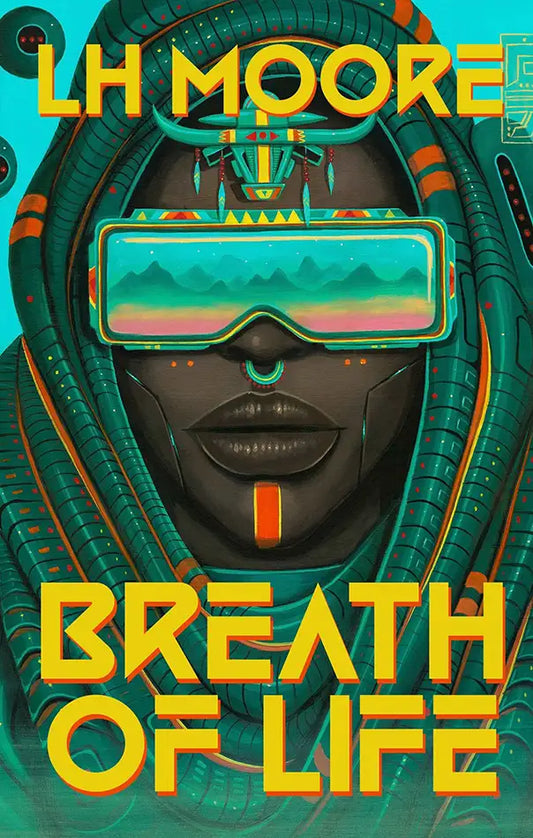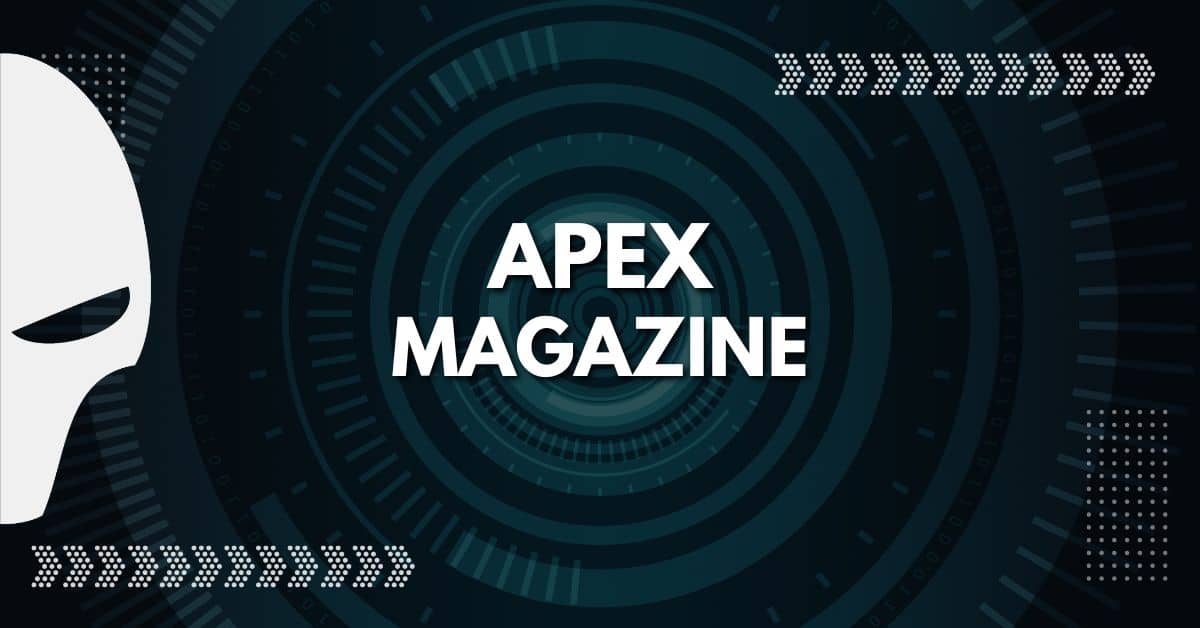
So you’ve decided to add a rape scene to your story. After all, you’re writing a horror story, and what’s more horrific than rape? It’s the perfect way to show how evil your villain or monster really is, and everyone always says you have to start a story with action and conflict, right? Best of all, your story will help to educate women about the dangers of walking alone at night! The editor is a chick, so she should appreciate that kind of thing.
Or not.
I admit this is a hot-button issue for me. I’ve worked as a rape counselor and spent several years speaking to various groups at my university about sexual assault issues. I’m also an author. So reading books and stories where the author added a rape to make things “edgier,” or to motivate the heroine, or simply because he or she didn’t know what else to do to that character--it gets old fast.
It’s not that writers can’t or shouldn’t write about rape. The problem is that it’s so often done badly. In unpublished manuscripts I’ve seen in workshops and elsewhere, as well as in published work, it often feels as if people are following the Official Writers’ Guide to Creating Clichéd and Offensive Rape Scenes….
Chapter One: The Rapist. In the world of fiction, rapists are evil, nasty, scruffy-looking dudes who lurk in the bushes or the shadows of the parking garage. They’ll usually have a knife, ’cause that’s a sexual symbol (I learned that from watching a cop show last week.) As for the victim, she’s not really important; your story is about the rapist!
In storyland, almost all rapists are strangers, easily identified by appearance and mannerism. In the real world, the majority of rapes are committed by friends and family members, but who wants to think about that? It’s more comforting to presume rapists are visibly deviant and easy to identify instead of normal-looking, often charming individuals.
But if you want a real challenge, try making your rapist sympathetic. Show how he didn’t really mean to hurt anyone. Maybe he was overwhelmed by the moment. Maybe he lost control. Maybe he feels really, really bad about what happened. Portray him as the good guy who just made a mistake, even if that means shifting the blame onto the victim.
Chapter Two: The Victim. Remember, you’re doing a public service for women here, teaching them about the dangers of rape. Sure, women are inundated with such messages every day of their lives, telling them to watch their drinks and always walk with a buddy and be careful what they wear and never lead a guy on and carry mace and a rape whistle and never let a guy get you alone, but rape continues to happen!. Women obviously aren’t getting the message.
So make sure the girl does everything wrong. Have her jogging on her own at night, or inviting a stranger from the bar back to her place. A lot of readers don’t like it when bad things happen to innocent people, so make sure they know she’s responsible for her own bad choices. It helps if you emphasize how slutty she is, because then she’s just getting what she deserves.
Most importantly, try not to show her as a person. The more you humanize the victim, the more the reader might feel bad about what happens.
Chapter Three: The Aftermath. If you, like so many would-be writers before you, are using rape as a shortcut to show how bad your bad guy is, then who cares what happens to the victim? But maybe that victim is actually going to be a character in the story. In that case, the rape should be her primary--her only--motivation throughout the story.
Make sure the rape defines your character and everything she does. For the purpose of your story, she didn’t exist before the rape. Every conversation, every choice, every action should revolve around the rape. That’s the incident that defines her.
Sure, you could do research into how sexual assault actually affects people, and the wide range of reactions people have, but who has the time for that? You’ve got stories to write!
Chapter Four: The Twist. Every good story needs a surprising twist. Why not shock your reader by turning the tables on the rapist? Make your “victim” a monster even worse than the rapist, a monster that will give the bastard the slow, painful, gruesome death he deserves. Don’t worry about story or plot or worldbuilding; this is about Message.
Rape is Wrong, so make sure you show how Wrong your rapist is, and go into great detail about how he gets what’s coming to him. Character development? Who needs it? Your great twist where the rapist becomes the victim is all you need, and once again you’re providing a valuable public service announcement.
Maybe your rapist will even end up getting raped himself! Because then it’s all about justice, kind of like those hilarious prison rape jokes your buddy shared the other night.
Chapter Five: Keep it Sexy. Sure, rape is a horrible, dehumanizing, brutal, and violent crime, but that’s no reason you can’t make it titillating, right? Show some skin, and emphasize the rapist’s arousal. Maybe the victim enjoys it on some level, too.
Once again, reality is not your friend. You’re writing fiction. In the real world, rape is a physically violent and terrifying act. Who wants to read about that? Your job is to make rape sexy and edgy, and appealing to the readers.
By following these instructions, you--like so many writers before you--can create offensive, shallow, uninformed, and flat-out bad stories, too. You can collect rejection letters from editors who will cringe in anticipation the next time they see your name on a submission.
But what if you actually care about your story? What if you’re writing about rape and sexual violence not as an emotional shortcut or a cheap attempt at motivation or characterization, but because it’s important to your story? How do you write about rape and sexual violence and do it well?
There’s no right answer to that question, of course. I’m not about to sit here and dictate the Right Way to write about rape. But here are some of the things I’ve thought about over the years as both an author and a reader.
Research: I remember reading a book by a fairly popular author, one who had obviously done a tremendous amount of research into the science behind his SF story….And then it felt as if everything had changed, as if the author had exceeded his research quota, and so when it came time to write about rape, he produced an utterly cliché-ridden scene that crammed every conceivable rape myth into a two-page scene that made me give up on the whole damn series.
It was badly written and lazy. I don’t believe in “Write what you know,” but I’m a big believer in “Know what you write.” If you’re going to write about sexual violence, read about it first. Read about the dynamics of rape and power. Read about rape myths, and read about the statistics and research that bust those myths. Read books written by survivors of sexual violence.
Characterization: A friend of mine reviewed an episode of a new TV show that dealt with sexual slavery, an episode in which the victims were nothing but set pieces. They were scenery, present only to be caged and abused, with absolutely no voice or agency in the story. They didn’t even have names. Their job was to show how evil the villain was, and to be rescued by the hero.
Cardboard characters make boring stories. Defining a character simply as “The Rape Survivor” is just bad writing. Every character should have multiple motivations and desires and fears. They should try to take an active role in their own story, even if they fail. This should be the case for after the rape, too. There is no right way for survivors to react after rape. How would your character cope with that trauma?
Don’t forget about your villain, either. Why does your rapist choose to rape? If the only answer you have is “Because he’s evil,” then you’re on the wrong track. Head back to the research step to find out why rapists rape in the real world, and figure out what motivates your villain to commit this particular crime.
Rape =/= Sex: Another book I read this year introduced a strong, capable, confident heroine…and then immediately had a vampire overpower and rape her. It was a vicious, brutal attack, and the vampire would have murdered her if he hadn’t been interrupted. The victim ends up becoming a vampire herself as a result of the rape. A few chapters later, this character thinks back on her “initiation,” referring to it as rough sex.
Now, it’s not unusual for survivors of rape to avoid the word “rape” when thinking about what they endured. It’s a way to try to minimize what someone did to them, to try to manage and control it by making it less than it was. If you’re trying to write about a character who’s struggling to cope and doing so by telling herself what happened wasn’t rape, that’s one thing.
But in this case, it felt as if the author were the one minimizing. Not only did the victim start thinking about it as sex, but also nobody else in the book ever seemed to acknowledge it as rape. The author presented a violent rape, then brushed it off as no worse than a bad date.
Don’t do that.
Ask yourself why? Why do you want to include rape in your story? Is it just to show how bad your villain is? Is it because you’re writing horror, and sexual violence is such an overused trope of the genre that you added it to your story without thinking? Or does this scene really add to the story you’re trying to tell?
Ninety percent of the rape scenes I read in fiction, published and unpublished, are predictable. I see where the author’s going from a mile away. I sigh and keep reading, thinking maybe this time there will be something different or interesting or original here. But most of the time, it’s obvious how little real thought went into this part of the story.
I have to ask myself the same thing: what does this scene add to the story? As a former rape counselor, I occasionally find myself more worried about Message, but that risks turning the story into a lecture. It’s one thing to share strong opinions in an essay or a blog post, but when you can hear the author preaching at you in fiction--even if you agree with the author--that makes for a poor story.
§
If you ever run into an editor, ask them how many badly-written, vicious, misogynistic, angry, and just plain awful stories they receive about rape and sexual violence. (Especially if they edit dark fantasy or horror.) Most of the editors I know have seen enough of these stories that they’d auto-reject the story as soon as you describe your heroine jogging down the darkened path in the park, because they know exactly where you’re going.
Story after story in which rape is a quick, thoughtless way to motivate a woman to set off in search of revenge (“Red Sonja Syndrome”), or else it’s lazy shorthand to show how evil someone is, like having them kick a puppy. Or worse, it’s written in such a way that the writer seems to be reveling in the act him- or herself, glorifying and celebrating every graphic detail.
If you’re going to write, write thoughtfully. Write with knowledge and understanding.
Write well.












